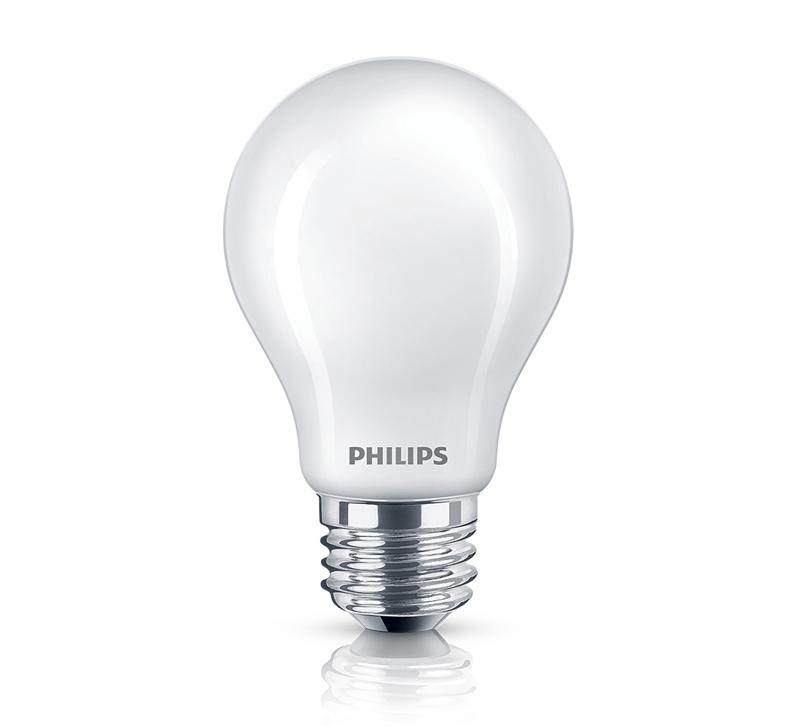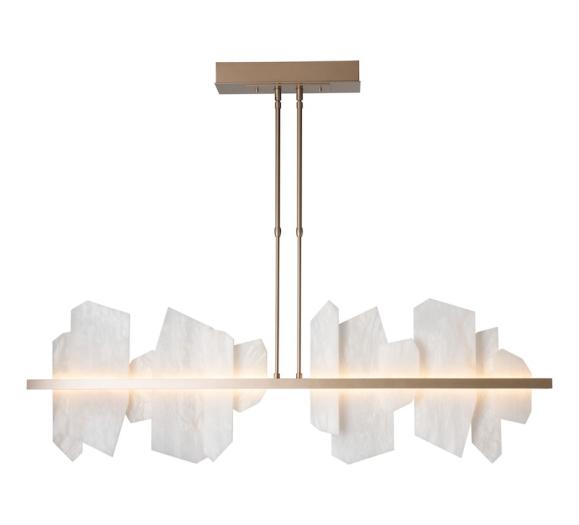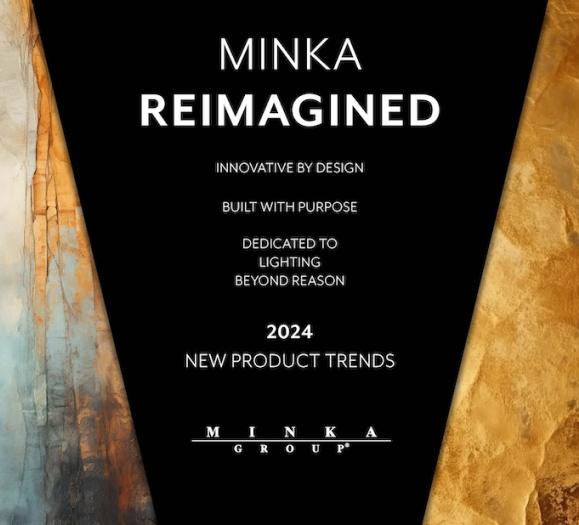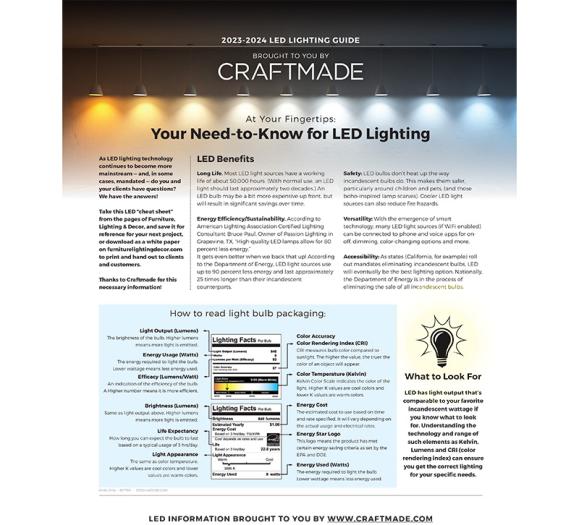Online discussion forums and sales floors from Boise to Boston are filled with tales of consumers who would rather eat dirt than replace their beloved incandescents with LED bulbs.
“LED lighting is cold,” says one commenter on a Houzz.com poll about LED bulbs. “Give me the classic light bulb any day of the week.”
Another commenter said, “Too expensive.”
While those critiques may have been true at one point in the technology’s rather short history, LED bulbs have come a very long way. According to the Department of Energy, Philips Lighting North America introduced the first LED 60-watt replacement bulb in late 2009. Thanks to continued research and innovation, LED products on the market today offer better light quality and more energy savings than ever before. And they’re not bad to look at either. In fact, hold Philip’s new Classic Glass LED light bulb next to your trusty incandescent bulb, and you might not be able to tell the difference.
“It’s come full circle,” said Tim Rider, LED product manager at Philips Lighting U.S. “Consumers no longer have to sacrifice design and light quality to enjoy the benefits of LEDs. They can have the look they love and the performance, too, at a price point that’s more palpable.”
Here’s a look at some of the trends that continue to propel LED bulbs into the future:
Lower Price Points
LED bulbs have three main parts:
- The mechanics: Everything from the base to the housing.
- The electronics: The guts that drive power to the LED chips and ensure compatibility with different types of power.
- The LED chips: The mechanisms that converts electrical energy into light.
The costs of LED chips and electronics have come down. As a result, the ubiquitous and commoditized mechanical parts of the LED bulb now proportionally make up more of the cost, bringing the price of LED bulbs closer in line with incandescent and CFL bulbs.
Advancing Technology
If its mechanical parts are what makes an LED bulb similar to an incandescent or CFL, the electronics are what makes it vastly more complex. Features like dimmer switches and timers can interfere dramatically with the input power that the LED receives. But those features have been around for quite some time, and LED manufacturers had had time to work out the kinks and fine tune the design. Today’s best quality LED bulbs can handle it all.
Increased Energy-savings
LEDs are increasing in efficiency. The earliest LED bulbs required a large metal heat sink to dissipate the heat. As the technology has improved, the amount of heat sink the bulb needs has decreased. In fact, Philips newest line of LED bulbs, Classic Glass, has no visible heat sink.
Fancy Features
LED bulbs might look increasing similar to incandescents or CFLs, but they can do so much more. From whole home systems to an LED bulb that uses a standard on/off switch to change between different shades of light, new features offer yet another opportunity to make consumers aware of and sell them on the enhanced experience they can achieve with lighting.
What trends are you noticing in LED bulbs? Share your thoughts with us!







